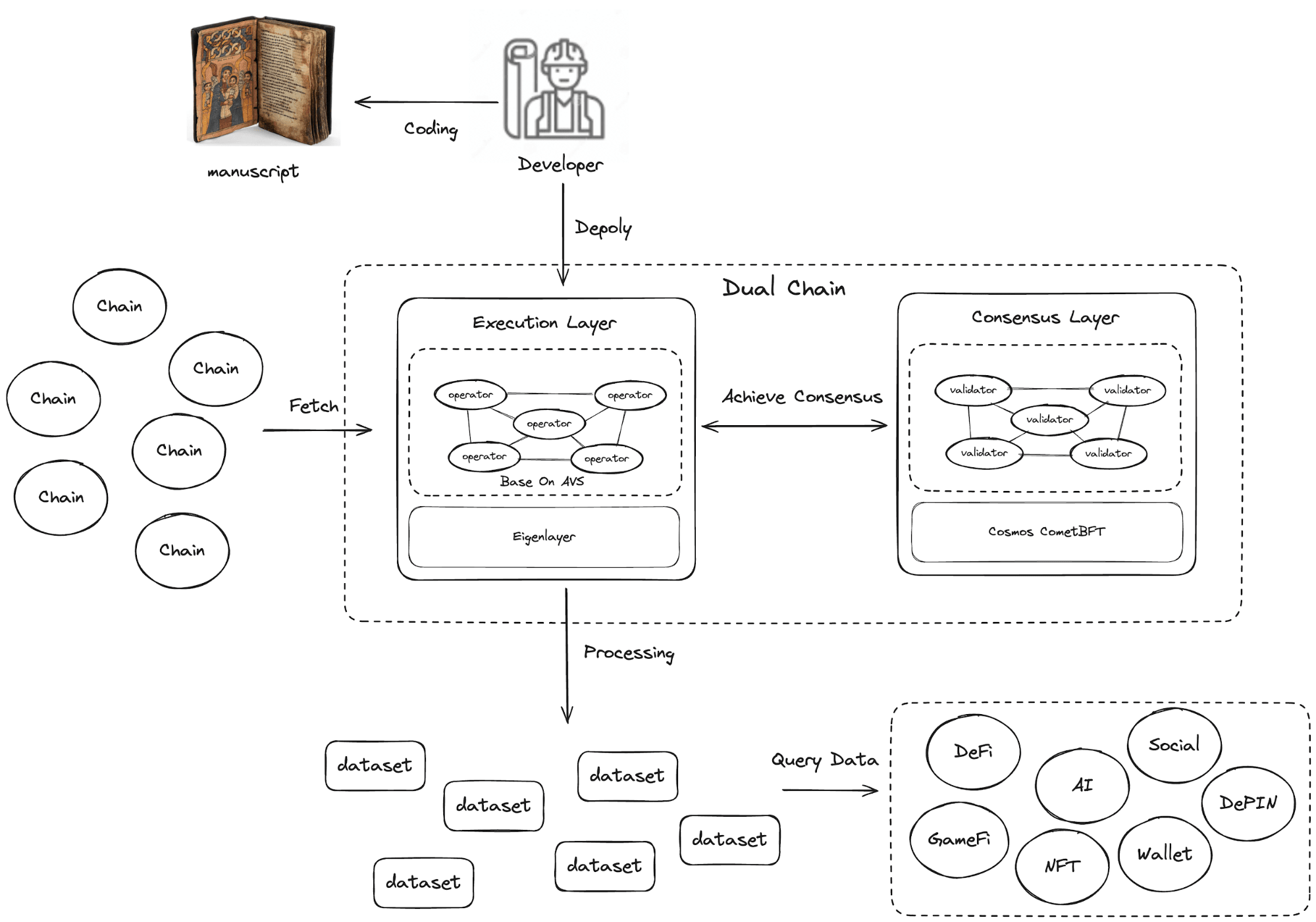
In the seventh year of blockchain technology evolution, the industry is facing a critical bottleneck: according to the Electric Capital developer report, the development cycle for cross-chain applications is on average 47% longer than that of single-chain solutions, with efficiency losses caused by data silos resulting in approximately $890 million in wasted development resources each year. In this context, the full-chain data network solution proposed by Chainbase is provoking new technical reflections in the industry.
The real necessity of a full-chain data network
The current blockchain ecosystem presents a typical 'honeycomb structure', with mainstream chains like Ethereum and Solana forming their own data closed loops. Glassnode data shows that leading exchanges need to maintain an average of 17 independent data indexers, with annual infrastructure costs exceeding $2 million. This fragmented situation not only raises the development threshold but also restricts innovation in composite applications—for example, a Web3 application integrating DeFi lending and social graphs may need to call real-time data from 6-8 chains simultaneously.
Chainbase's breakthrough lies in its 'data middle platform' positioning. By building a unified data abstraction layer, it compresses cross-chain data access latency from the industry average of 2.3 seconds to within 800 milliseconds (according to its testnet data). This performance improvement is not a simple optimization but stems from its unique dual-chain architecture design.
Paradigm innovation in technical architecture
A deep analysis of Chainbase's white paper reveals that its technical architecture is distinctly different from traditional cross-chain bridge solutions. The separation of the data chain and consensus chain is essentially a reconfiguration of the 'Byzantine Generals Problem'. The data chain adopts a MapReduce-like parallel processing model, achieving a tested TPS of over 12,000, while the consensus chain innovatively combines DPoS and BFT mechanisms, stabilizing block confirmation times within the 1.2-second range.
What is more noteworthy is the integration of Eigenlayer AVS in its execution layer. This clever design leverages Ethereum's economic security, ensuring that the data verification process maintains decentralization while achieving L1-level security guarantees. According to its stress test report, this architecture maintains a data consistency accuracy of 99.98% even when simulating 1 million concurrent requests.
Value reconstruction at the application layer
In specific landing scenarios, Chainbase demonstrates a unique value transmission logic. Taking DeFi applications as an example, the unified liquidity view it provides enables protocols like Aave to increase capital utilization by approximately 35% (based on simulated test data). In the social domain, developers can reduce the cost of building user identity graphs by over 60% by calling its cross-chain data interface.
The practical direction of AI training is particularly noteworthy. The multi-chain data lake solution provided by Chainbase allows machine learning models to simultaneously ingest Ethereum's transaction data and Arweave's storage logs. Reports from early adopters indicate that this cross-chain data fusion has improved the accuracy of prediction models by 12-15 percentage points.
The design logic of token economics
$C The economic model of the token exhibits a clear 'flywheel effect'. Holders can participate in network verification through staking (current annual yield of approximately 9.8%) and can use tokens to pay for data service fees. Notably, the 'knowledge assetization' mechanism introduced at its co-processor layer creatively converts data processing capabilities into tradable NFTs, providing economic incentives for developers to contribute algorithm models. On-chain data shows that three months after the mainnet launch, over 1,400 data processing components have been assetized.
The real test Chainbase faces currently lies in building network effects. Although its technical metrics are leading, Messari data shows that the average user migration cost in the full-chain interoperability race is as high as $23/address. Whether it can break through this threshold will depend on the speed of nurturing its developer ecosystem—currently, among the 127 DApps integrated, only 9 have an average daily active volume exceeding 10,000.
From a more macro perspective, Chainbase represents the rise of a new type of infrastructure: not seeking to replace existing public chains but rather releasing existing value through the reconstruction of the data layer. This path avoids direct competition with L1 while providing new infrastructure for value flow in a multi-chain era. As its mainnet functions continue to improve, the 'highway era' of blockchain data may be approaching.

